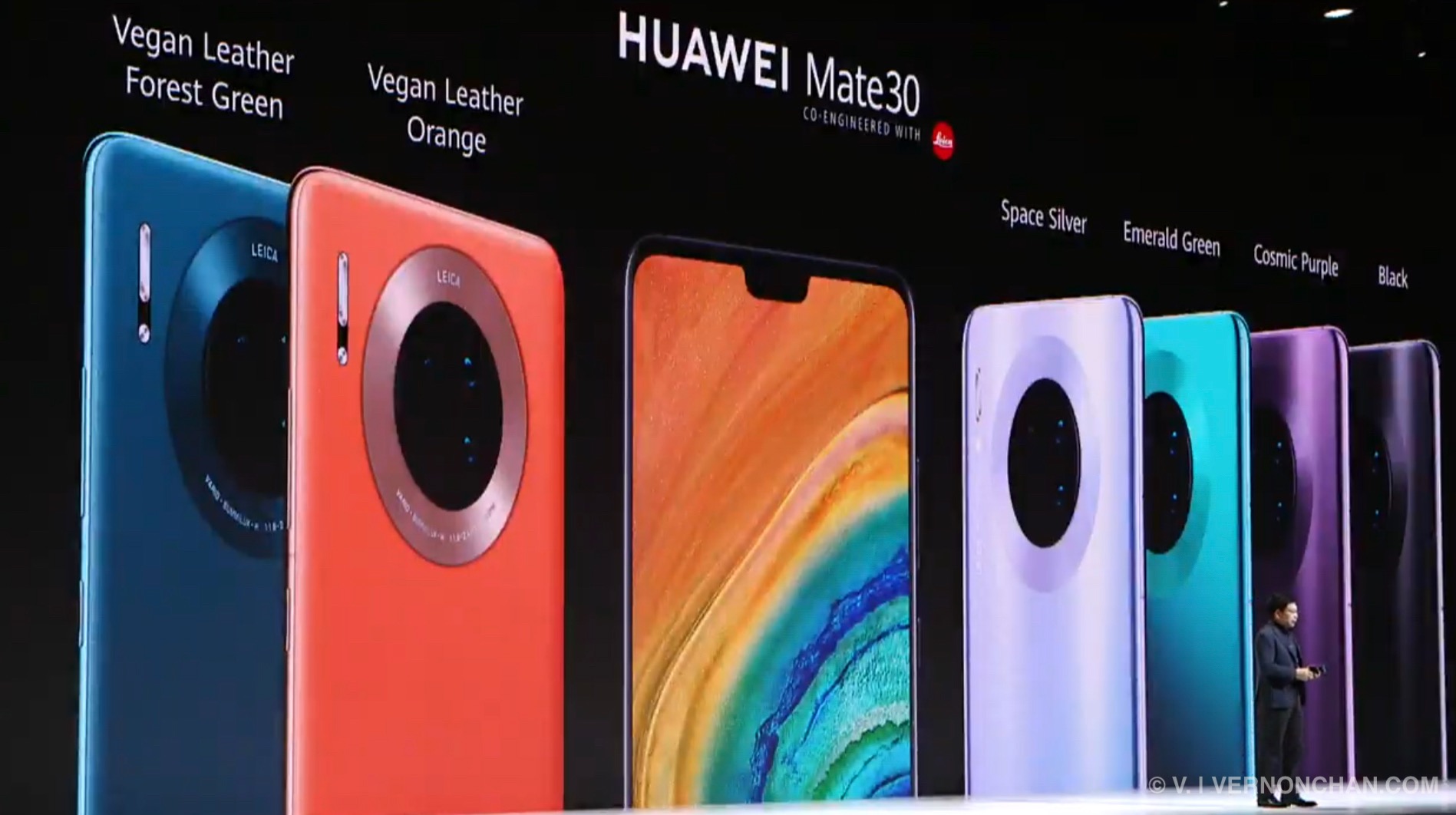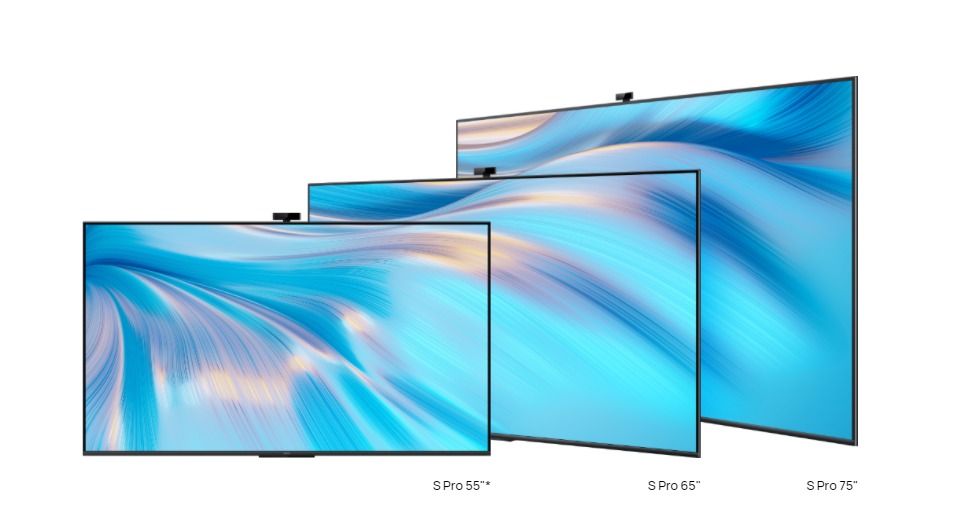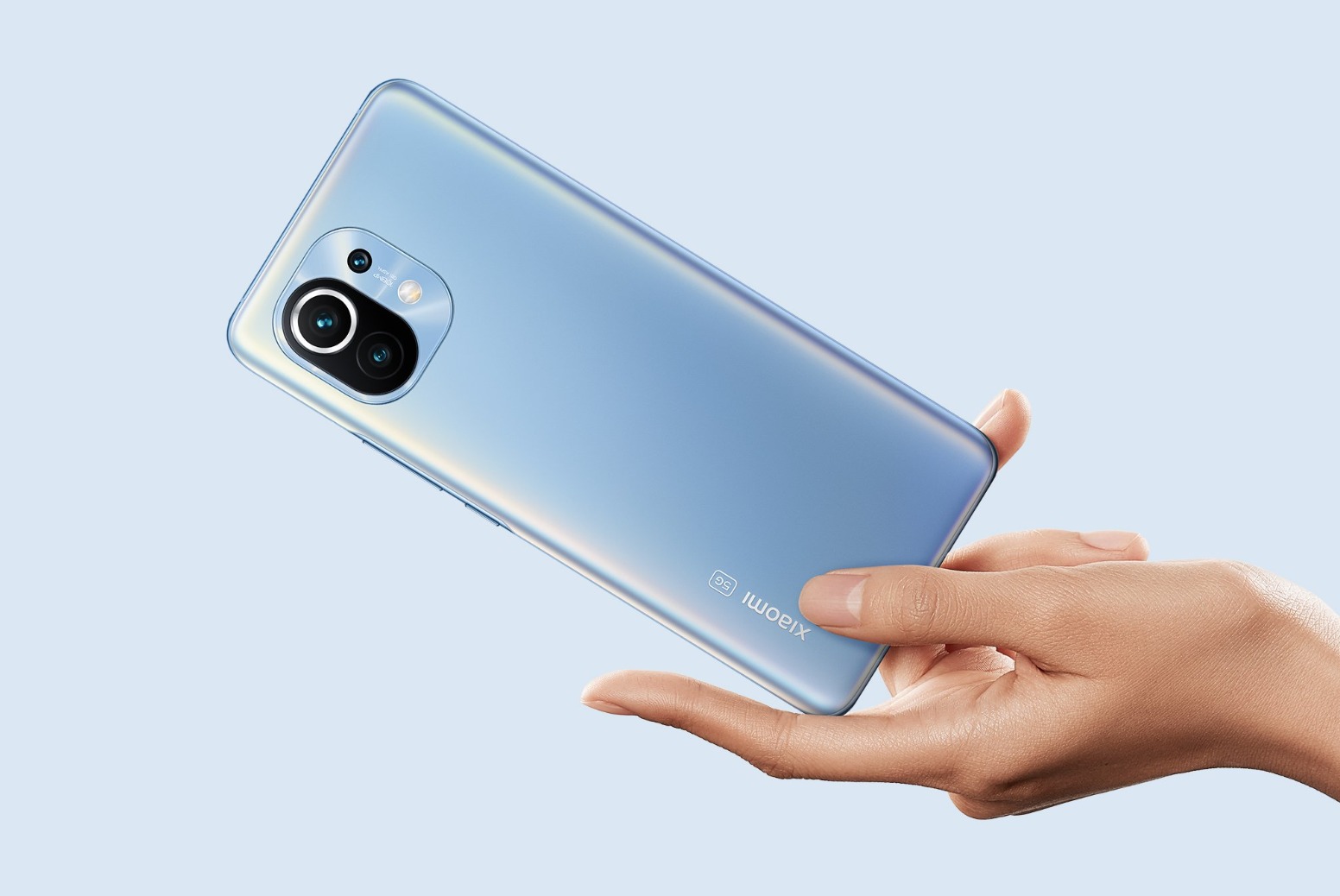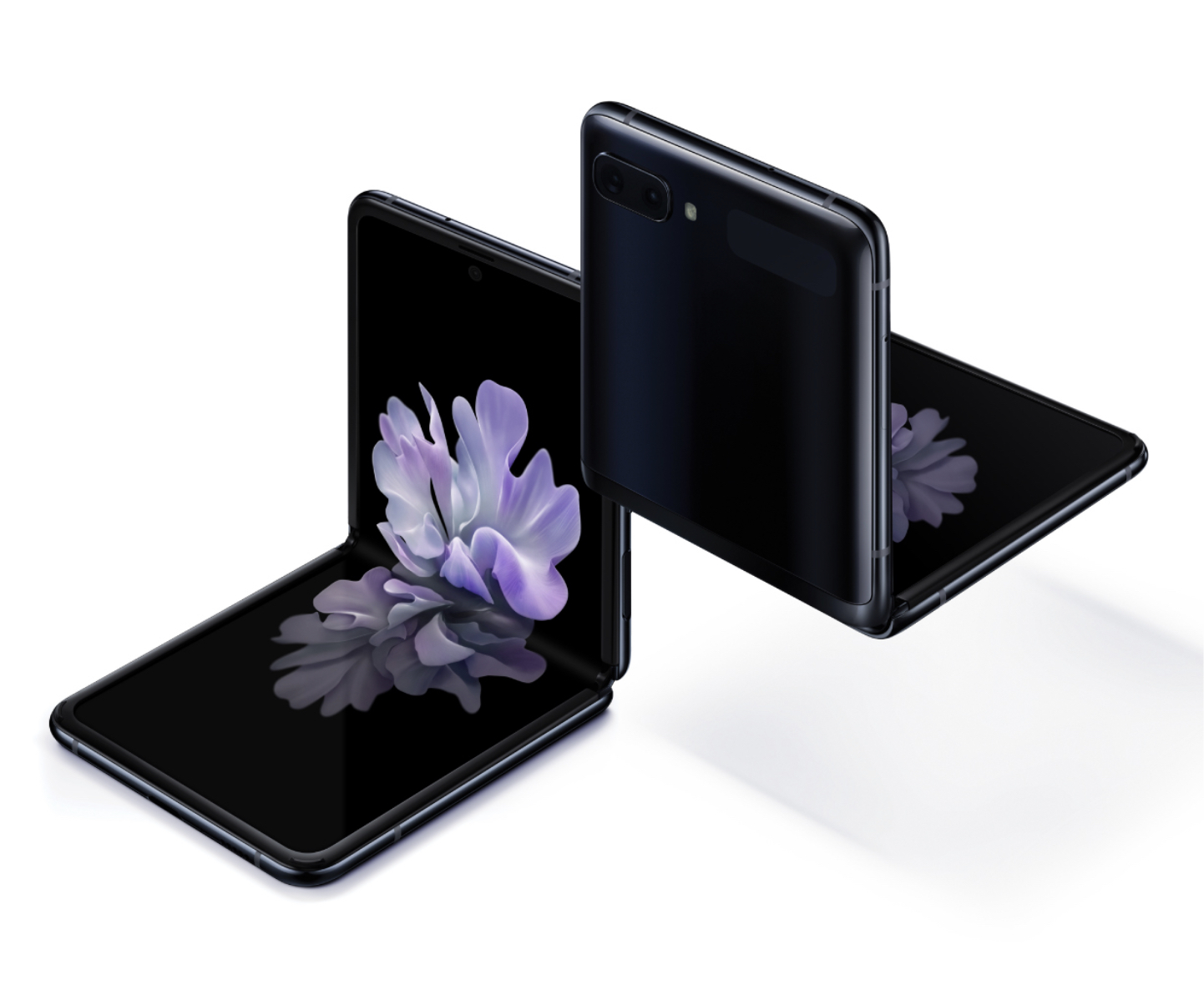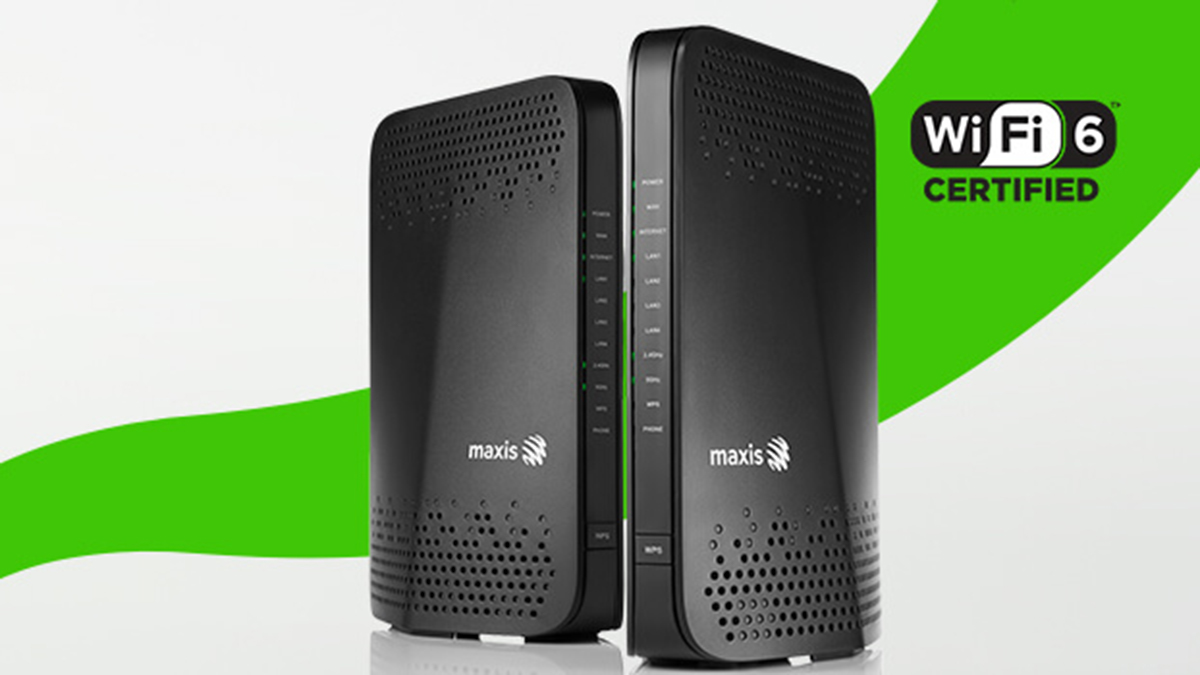Huawei today unveiled its much-talked about flagship Mate 30 series in Munich, Germany. Featuring a brand new design headlined by a pronounced circular camera bump, the Mate 30 continues to push the boundaries of mobile photography and next generation connectivity. It’s the world’s first second generation 5G smartphone, powered by the Kirin 990 SoC 5G—the first mobile chip to integrate a 5G radio on-chip.
The Mate 30 series boasts up to a quad-camera system that includes the SuperSensing Cine Camera—a dual-main camera tuned for “amazing photographic and videographic results.” The flagship phone series also includes Huawei SuperCharge fast-charging technology.
The big question on everyone’s minds is: Does it run Android? Or is it Huawei’s Plan B i.e. HongMeng aka HarmonyOS?
Huawei left it to the keynote proper to announce that the Mate 30 Series will indeed run Android 10, with EMUI10 on top. You can breathe a sigh of relief now. EMUI10 brings innovations like Always-On Display, Dark Mode, Smart Gesture Control, and more. However, no thanks to US President Trump’s ban on Huawei, it means the Mate 30 cannot run the Google Mobile Services (GMS) core, and will instead run its own Huawei Mobile Services core that will enable users to download and install apps via the Huawei App Gallery. This effectively means no Google services and applications (including the Play Store) pre-installed.

The Mate 30 series was speculated to consist of four models: the standard Mate 30, Mate 30 Pro, Mate 30 Lite, and Porsche Design Mate 30 RS. But Huawei today only announced the Mate 30, Mate 30 Pro and the Porsche Design edition.
The Huawei Mate 30 features an edge-to-edge notched 6.62-inch FHD+ Rigid (flat) display (2340×108) which Huawei calls Huawei Horizon Display, while the Mate 30 Pro gets a notched 6.53-inch QHD+ Flex OLED display (2400×1176).

Colourways available include Emerald Green, Space Silver, Cosmic Purple, Black; and Forest Green and Orange (only in vegan leather).
The Mate 30 sports an IP53 rating while the Mate 30 Pro boasts a more durable IP68 dust- and water-resistance certification.

The Mate 30 Pro does away with physical buttons; the volume buttons now replaced with invisible virtual keys Huawei calls “Intuitive Side-touch Interaction” feature. The position of the virtual keys can be customised, and the keys can be used as a camera shutter button.
Pushing the buttonless agenda further, the Mate 30 series packs 3D Face Unlock and In-Screen Fingerprint authentication.
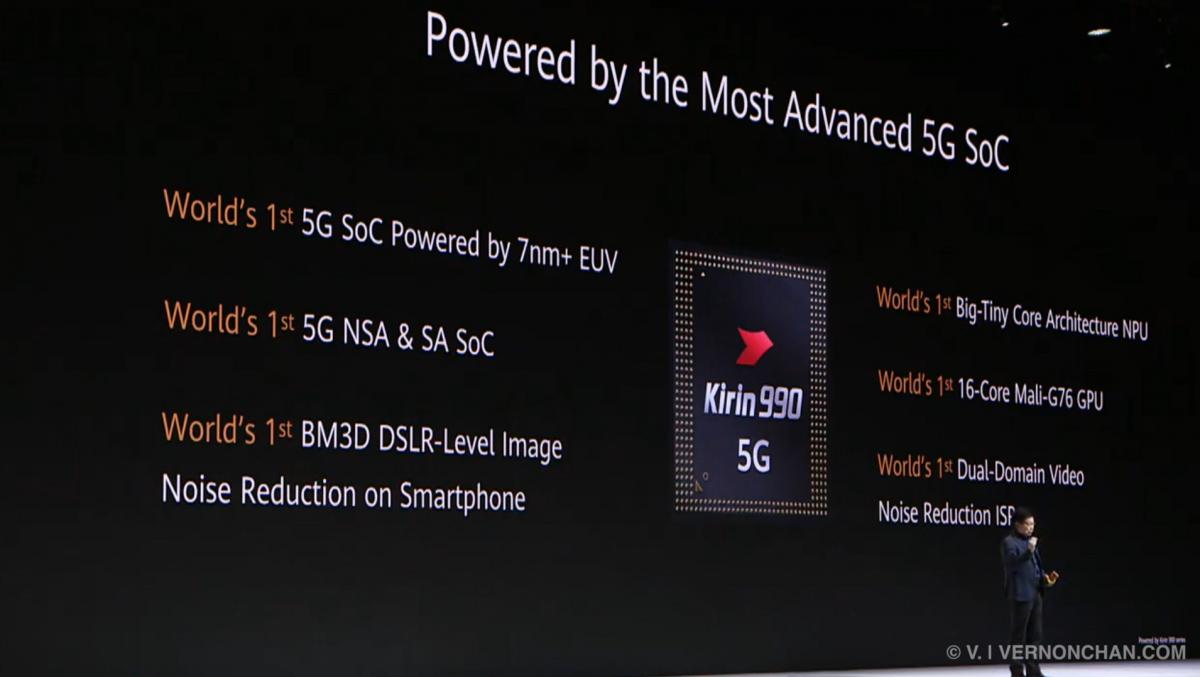
Under the hood, the Mate 30 series is powered by the new 7nm Kirin 990 SoC, the most sophisticated Huawei chipset to date. The chip incorporates three-level power efficiency architecture for the CPU, supersized 16-core GPU, and a Da Vinci NPU architecture (large dual-NPU + tiny NPU cores).
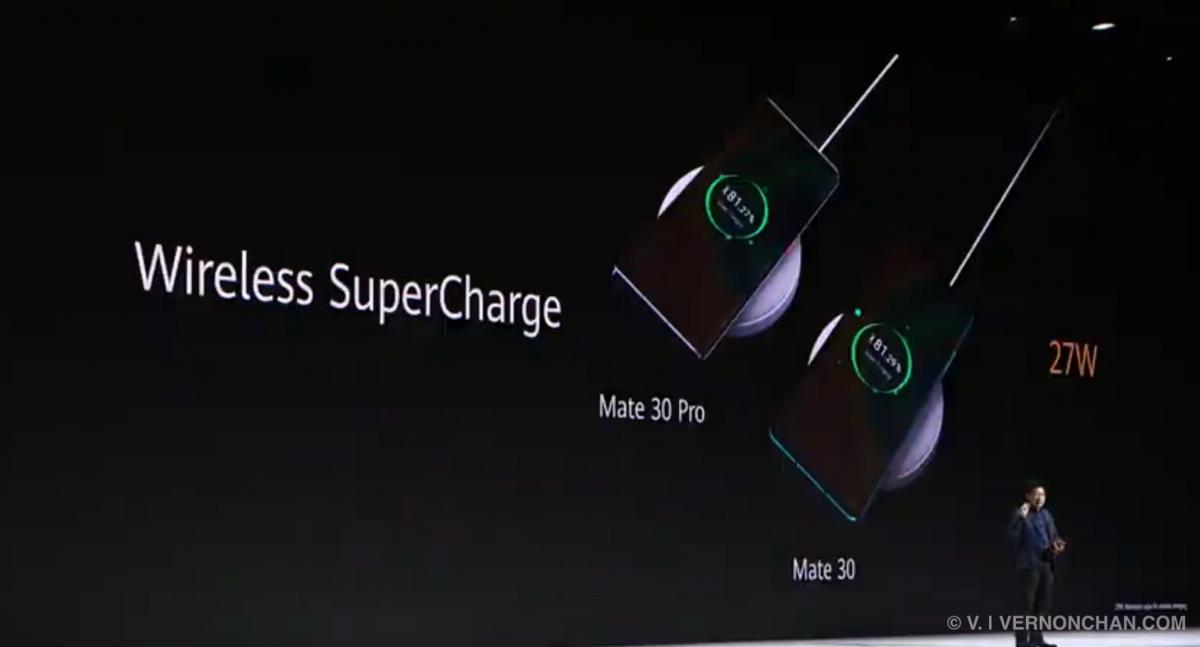
Both phones get larger batteries, but comparatively lighter than the competition—4,200mAh on the Mate 30 (196g) and 4,500mAh on the Mate 30 Pro. The new phone features 27W SuperCharge and 40W SuperCharge for safe and rapid charging. It also features the second generation reverse wireless charging first introduced in the P20 Pro.
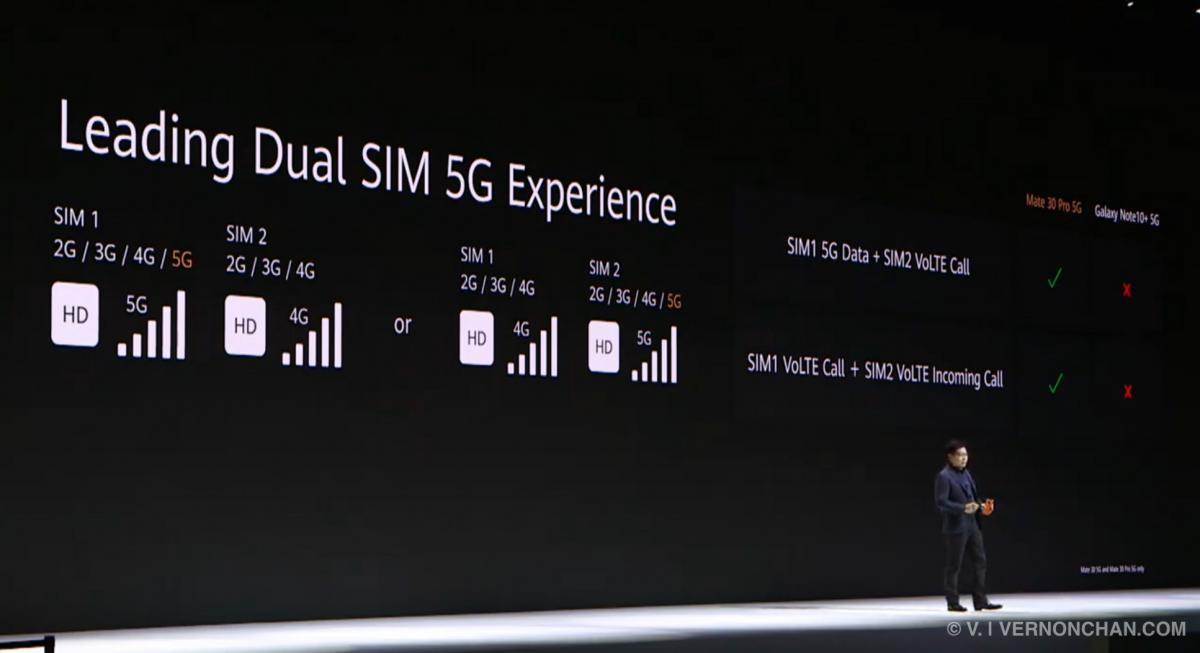
Future-proof connectivity
Huawei touts the Kirin 990’s integrated 5G radio that supports 2G/3G/4G and 5G Non-Standalone (NSA) and StandAlone (SA) modes, along with dual-SIM, dual Standby and FDD/TDD. The new phone series features an incredible 14 antennas for 5G.

It’s still about the camera
Since the first P and Mate series, Huawei had redefined mobile photography. With the new flagship series, Huawei aims to push the boundaries even further.
The Mate 30 sports a SuperSensing Triple Camera, comprising a 40MP SuperSensing camera, 16MP ultra-wide-angle camera, 8MP telephoto camera (3x optical zoom, 5x hybrid zoom, 30x digital zoom), complemented by a new ISP 5.0 Image Signal Processor.

Meanwhile, the Mate 30 Pro packs a quad-camera system: a 40MP Cine camera, 40MP SuperSensing camera, an 8MP telephoto camera (3x optical zoom), and a 3D Depth Sensing camera.
The hardware certainly look impressive and promises outstanding photography and videography capabilities.
A couple of new tricks include a mind-boggling 7680fps ultra slow-motion video (in HD), 4K@60, 4K Low-Light Ultra-Wide Time Lapse video, and 4K Bokeh Video.
The 1/1/7-inch Huawei SuperSensing Camera captures 40 percent more light with light sensitivity of ISO409600.
The 8MP telephoto camera features OIS and AIS (AI stabilisation) and 3D Depth Sensing.
The front-facing camera can also deliver bokeh effects thanks to its sophisticated 3D Depth Sensing Camera.



Pricing and availability
- Huawei Mate 30 / 6GB RAM + 128GB storage – EUR799
- Huawei Mate 30 Pro / 8GB RAM + 256GB storage – EUR1,099
- Huawei Mate 30 Pro 5G / 8GB + 256GB – EUR1,199
- Huawei Porsche Design Mate 30 RS / 12GB RAM + 512GB storage – EUR2,095
The new Huawei Mate 30 series will be available in selected countries in October.


